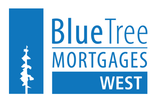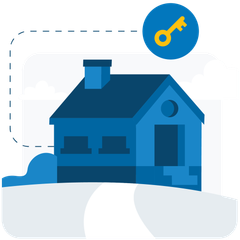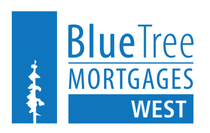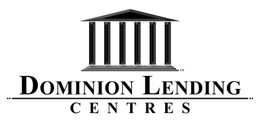You'll find exceptional mortgage service at BlueTree Mortgages WEST
Gord Dahlen. Mortgage Broker.
If you need a mortgage, we'll help you find the best mortgage to meet your needs.
Finding the best mortgage can be frustrating. It doesn't have to be when you follow our 3 step plan.
Get started right away
The best place to start is to connect with me directly. Our commitment is to listen to your needs,
assess your financial situation, provide professional mortgage advice, and
guide you through the mortgage process.
Get clarity
Sorting through all the different mortgage lenders, rates, terms, and features can be overwhelming.
Let us cut through the noise.
We'll outline the best mortgage products available with your needs in mind.
Proceed with confidence
Our goal is to make sure you
know exactly where you stand at all times. From your initial application through your mortgage renewal, we're available to answer any questions for as long as you need a mortgage.
we've got you covered.
Meet your mortgage team!

Gord Dahlen
With over 30 years of experience, Gord Dahlen is a distinguished mortgage professional who has been inducted into the Canadian Mortgage Hall of Fame. Gord is passionate about building strong relationships and connecting with people to help navigate mortgage financing.

Stephanie Blake
Stephanie Blake is a highly experienced Mortgage Professional with over 20 years in the industry. Stephanie is the broker who will oversee your mortgage application and ensure you obtain the most suitable mortgage product for your needs. Expect Stephanie to be in touch when you get started!
For more information on Stephanie visit her website.

Katie (Dahlen) Cheney
Katie Chaney is a dedicated mortgage broker working with BlueTree Mortgages WEST since August 2020. Katie works primarily behind the scenes to support Gord and Stephanie. Katie prides herself on providing excellent customer service and helping clients navigate mortgage financing.
Nice things people have said about working with us.
Get started by completing an online mortgage application.
We'll let you know exactly where you stand so you can proceed with confidence.
Everything you need, all in one place
As trusted mortgage providers, let us help you with any of these services.
Click through any of the services to learn more
Let's run some numbers.
Start by telling us where you're at in your home buying journey.
Exciting times! Let's find out how much you'll be able to afford once you decide to buy.
Download my Mortgage Planning App
What you can do with my app
Calculate your total cost of owning a home
Estimate the minimum down payment you need
Calculate Land transfer taxes and the available rebates
Calculate the maximum loan you can borrow
Stress test your mortgage
Estimate your Closing costs
Compare your options side by side
Search for the best mortgage rates
Email Summary reports (PDF)
Use my app in English, French, Spanish, Hindi, and Chinese
Mortgage financing for First Time Home Buyers
Everything you need to know to buy your first home with confidence.

The Best Mortgage Protection
If you're buying a property, consider mortgage protection with term life insurance and critical illness insurance to help protect yourself and the ones you love. At DLC BlueTree West we've proudly partnered with Prospr by SunLife to provide you with incredible mortgage protection options! We're happy to make an introduction to start the process!
Mortgage articles to keep you informed.

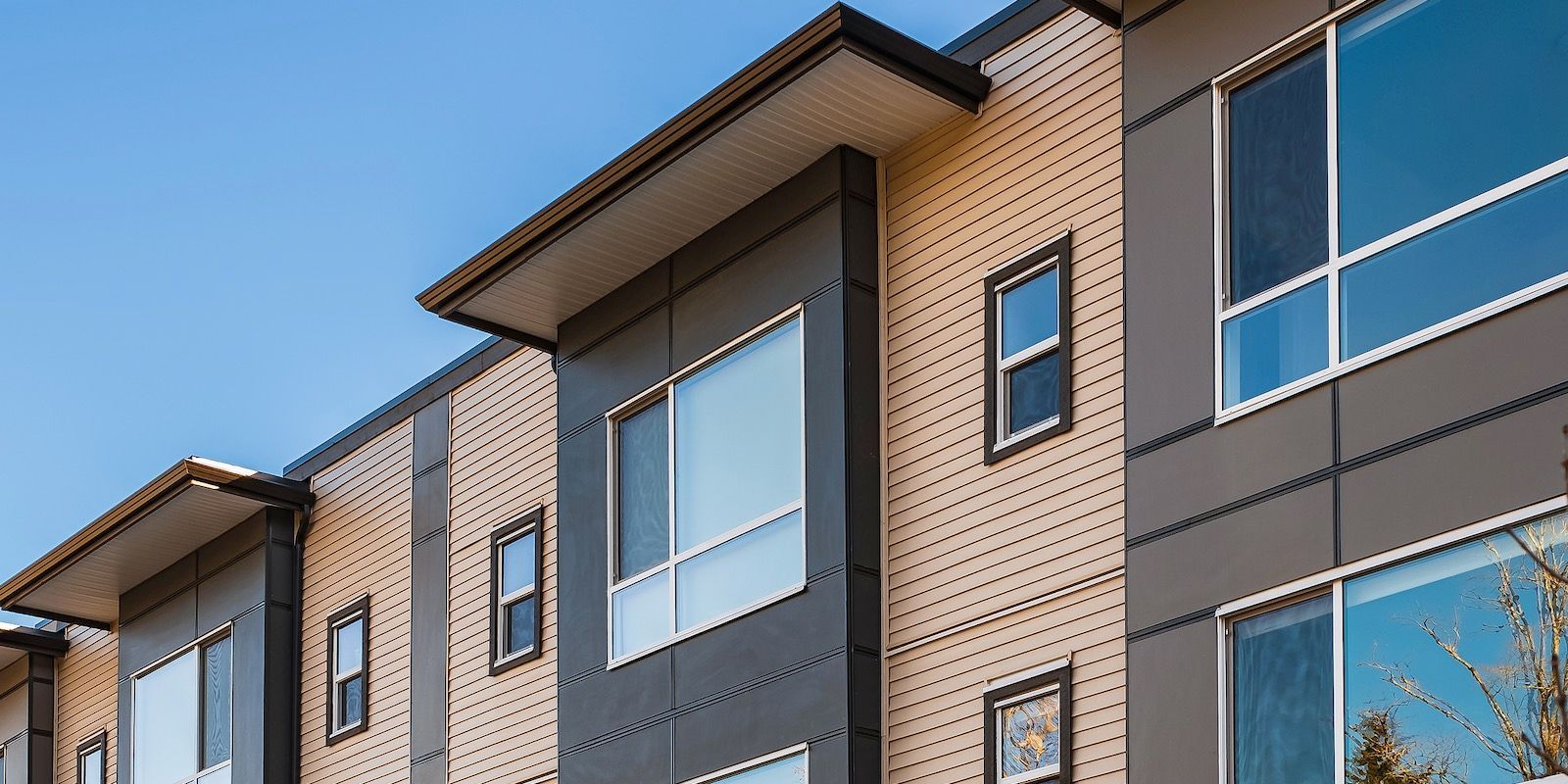





Working with clients in BC and Alberta
All Rights Reserved | BlueTree Mortgages WEST
